Overview
Robotics Lab Setup for Research and Development and Academics
A robotics lab on the other hand is a specialised room fitted for research, experiments, and studies on robotics and automation. These labs have a very important function in the development of robotics technology and to prepare engineers of the future.
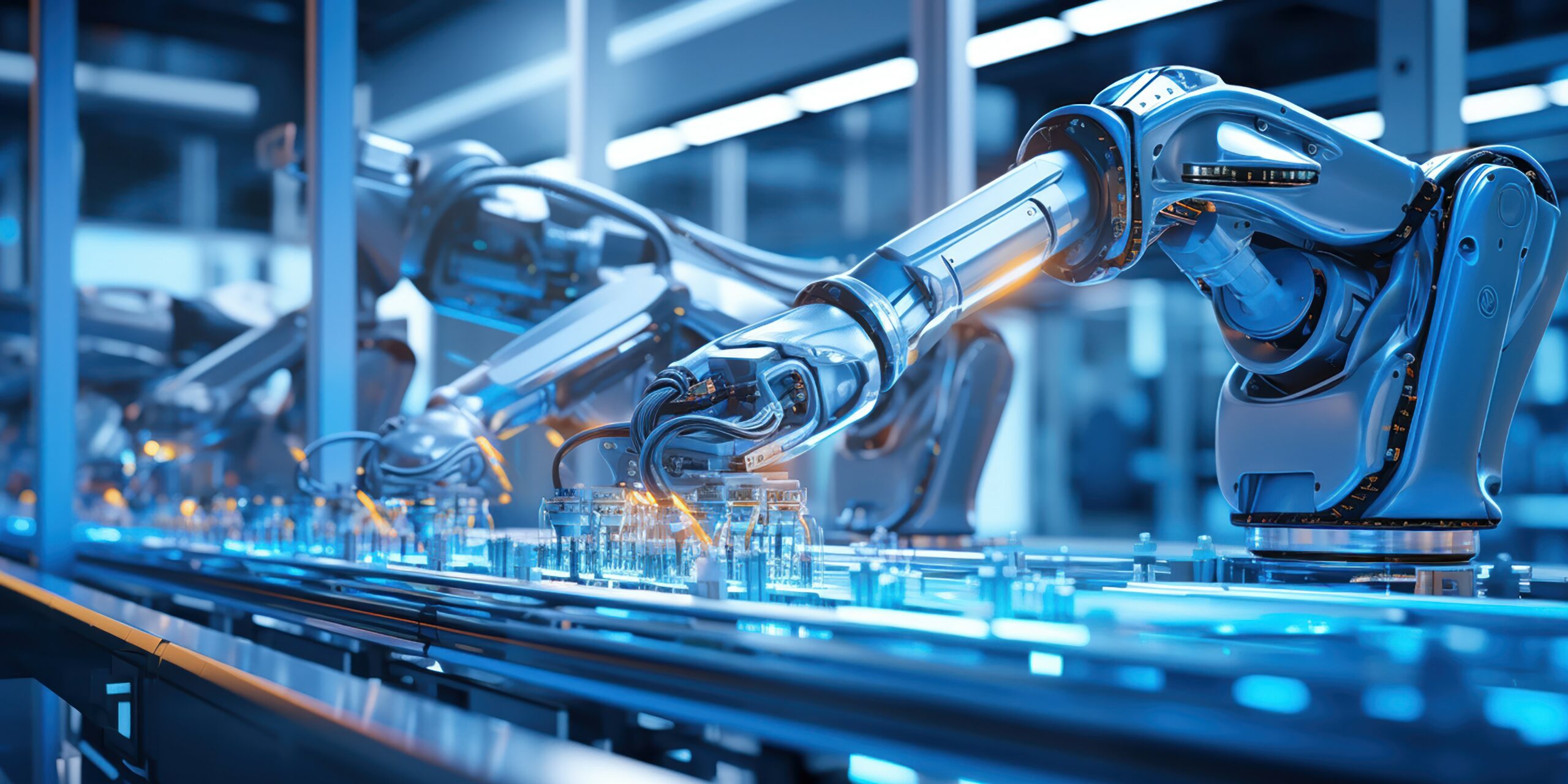
Features
Why Choose Our Robotics Lab Setup?
- Hardware and Sensors: Robotics labs are well-endowed with several robotic models, end-effectors, unmanned aerial vehicles, and various measuring devices like cameras, LiDAR, IMUs, and so on. They enable the researchers to construct and evaluate various robotic systems.
- Software Tools: Labs offer getting familiar with such program environments as ROS – Robot Operating System, using simulation software Gazebo, and using CAD tools to design certain parts of the robot.
- Workstations and Computers: Computing facilities The programmers and analysts have high-powered workstations for programming, simulations, and data analysis. Such computers are frequently designed to include specific software for the manipulation of robots and the assessment of their environment.
- Prototyping Area: Engineering shops have benches and equipment for the construction and modification of robots and their components. This area enables the development of specific subassemblies of robots.
- Testing Zones: Separated areas to align the representatives of the 6th kin to some tests such as the obstacle course or motion capture and also security arrangements. Scientists analyse the effectiveness of the robot in accomplishing activities of interest, the path that the robot took to get to a certain position or object and how the robot behaves with the objects and environment.
- Collaboration Spaces: Exiting robotics labs foster the kind of interaction between researchers, students and other professionals in the line of Robotics. Hearing rooms Discussion rooms Knowledge exchange.
Use Cases
Key Use Cases of Robotics Lab
- Research and Development: Labs create competition by performing research that can lead to advancements in new algorithms, control methods, or designs for new hardware. It assists in disciplines such as computer vision, machine learning, and swarm robotics.
- Education and Training: Robotics labs are centres for learning where the students learn the basics of robotics. They provide exposure in terms of internships, conducting, practical sessions, assignments, and many more with an intention to improve the practical aspect.
- Industrial Automation: Labs build robots for the production of goods, movement of products, packaging, and other lines of production. They can take over the robot to repeat a certain kind of job thereby increasing its efficiency and safety.
- Healthcare and Assistive Robotics: These investigations look into innovations that can complement the medical field, including but not limited to surgical robotic systems, exoskeletons, prosthetic limbs, and the like. The following technologies improve the patient care and rehabilitation services that are provided.
- Agriculture and Environmental Monitoring: Rotary farms for crop surveillance, efficient agriculture, and eradication of pests. They also offer development of drones for environmental scanning.

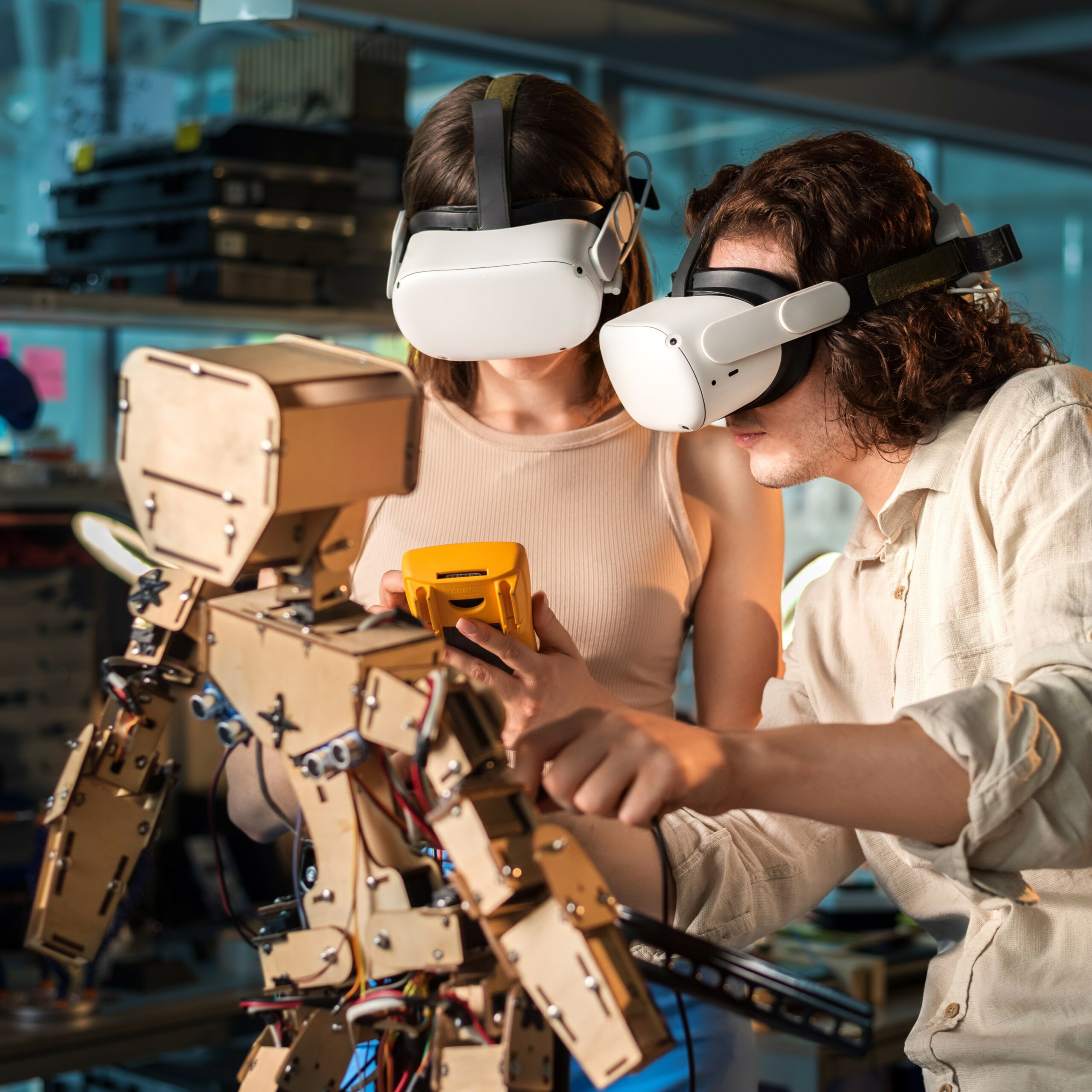
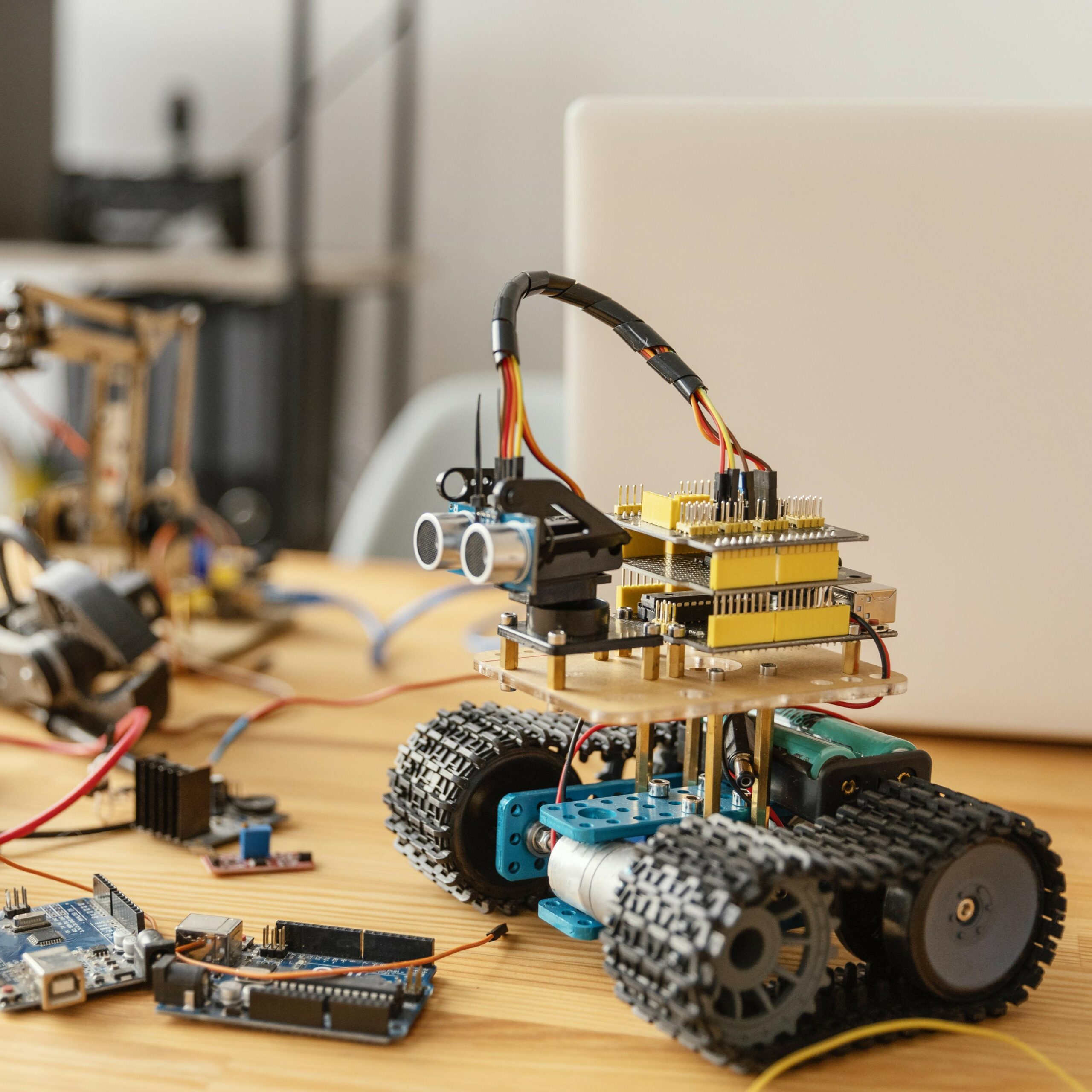

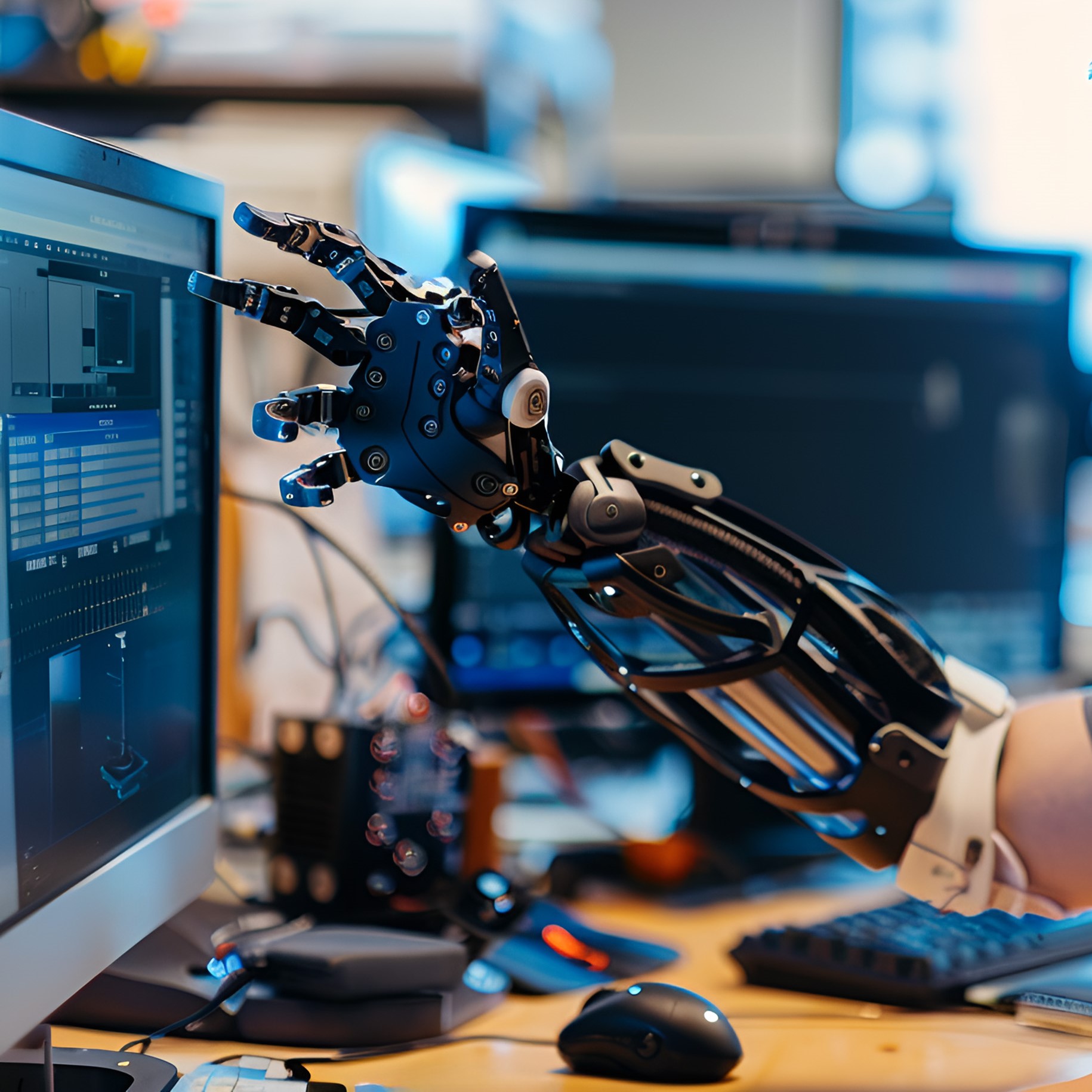
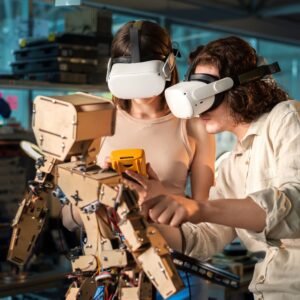
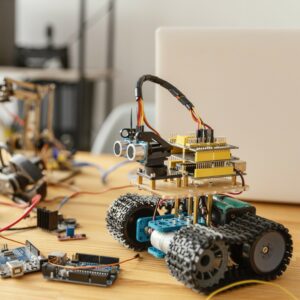


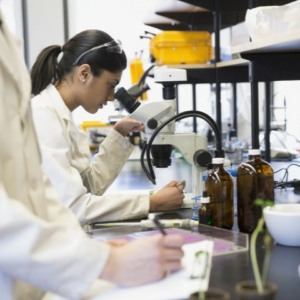

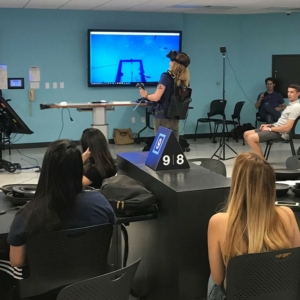
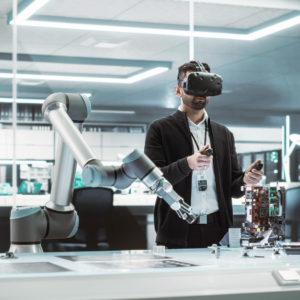


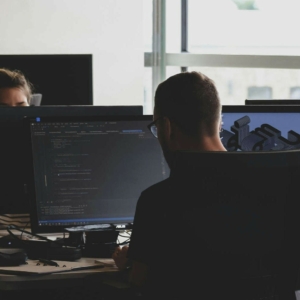
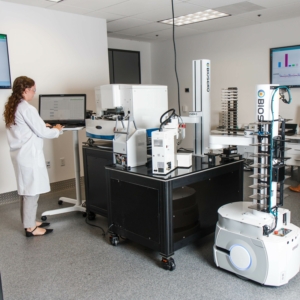

Reviews
There are no reviews yet.